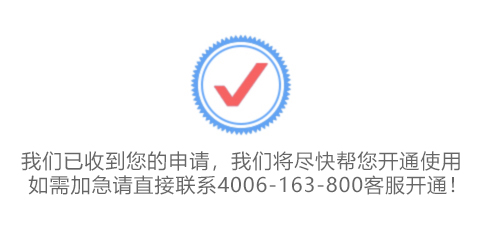汽车配件出口趋势分析
汽车配件出口趋势分析
随着全球汽车产业的蓬勃发展,汽车配件出口市场呈现出前所未有的活力与潜力。本文将基于当前的市场动态、技术革新以及消费者需求,对汽车配件出口的趋势进行深入分析,探讨中国汽配企业在全球市场中的机遇与挑战。
一、市场概况与增长潜力
1. 市场规模持续扩大
根据统计数据,全球汽配后市场规模在2020年达到9,830亿美元,并预计到2030年将增长至13,700亿美元。这一增长趋势表明,汽车配件出口市场具有巨大的发展空间(以上数据来源于网络)。
2. 中国汽车零部件出口增长迅速
中国海关总署数据显示,2021年中国汽车零部件出口总额达到755.7亿美元,同比增长33.69%。中国汽配产业不仅体量大,产业链齐全,能够满足全球市场对各类车型配件的需求(以上数据来源于网络)。
二、市场需求与区域特点
1. 发达地区需求旺盛
美国、欧盟、日韩等发达地区是汽车配件出口的主要目标市场。这些地区对汽车配件的质量和品牌有较高要求,同时,对汽车改装和DIY的热情也为汽配出口提供了增长机会。
2. 区域市场差异化
不同国家和地区的市场需求存在明显差异。例如,美国市场偏爱皮卡车型,德国市场注重零部件质量,而英国市场则对洗车工具等产品有较大需求。
三、商业模式与物流创新
1. 商业模式多元化
跨境汽配行业涵盖了汽配连锁联盟、M2B2b2c和S2C等多种商业模式,这些模式通过整合供应链、提供便捷服务,推动了汽配供应链领域的发展。
2. 物流模式创新
直邮和海外仓是跨境汽配的两种主要物流模式。直邮适用于低值产品,而海外仓则适用于批量运输,能够缩短配送时间,降低成本,并改善购物体验。
四、技术革新与市场挑战
1. 技术创新推动市场变革
新技术如自动驾驶、车联网的发展,将对汽配市场造成冲击。例如,自动驾驶技术的成熟可能会降低交通事故,从而减少车损件替换的需求。
2. 电动车配件成为新风口
新能源汽车的快速发展为电动车配件出口带来了新的增长点。然而,汽配厂商需要面对电车厂商封闭的零配件生态挑战。
五、品牌化与差异化发展
1. 品牌化与差异化的重要性
中国汽配商家需要注重品牌建设和产品差异化,以在国际市场中建立竞争优势。创新产品开发,如针对汽车清洁、杀菌的产品,可以满足市场需求,创造新的增长机会。
2. 拓展新用户与线上市场
电商平台和线上卖家可以通过创新模式,解决不懂汽车维修的车主的线上购买壁垒,拓展新用户群体,打开线上汽配新市场。
结论
汽车配件出口市场正迎来前所未有的发展机遇。中国汽配企业应抓住全球市场增长的机遇,通过品牌化、差异化发展,以及创新产品开发,不断提升竞争力。同时,面对技术革新和市场挑战,企业需要灵活调整战略,以适应不断变化的市场需求。通过这些努力,中国汽配企业有望在全球市场中占据更加重要的地位。


 团队
团队

























